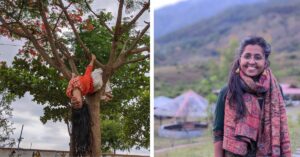Sanctuary Wildlife Photography Awards: 9 Stunning Photos That Will Blow Your Mind
The competition is organised by Sanctuary Nature Foundation in association with and support of Urvi Ashok Piramal Foundation and M. R. Morarka Foundation.
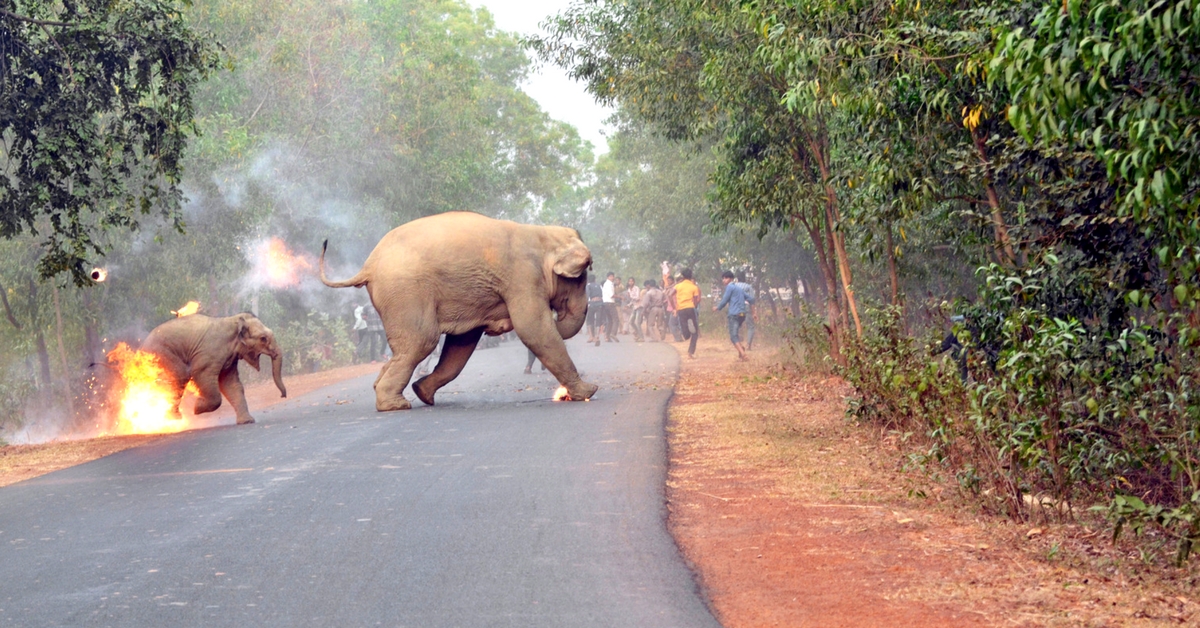
If you have come across a photograph that showcases an elephant mother-calf duo desperately trying to escape flaming tar balls and crackers that were hurled at them by a jeering mob then you might want to know, it is titled ‘Hell is here’.
And it is one of the winning photographs of the Sanctuary Wildlife Photography Awards 2017.
India’s longest-running and most prestigious initiative of its kind, Sanctuary Wildlife Photography Awards is an annual competition that draws thousands of entries from across Asia. Beating all previous records, this year’s leg drew over 5,000 entries.
The competition is organised by Sanctuary Nature Foundation in association with and support of Urvi Ashok Piramal Foundation and M. R. Morarka Foundation.
The judging panel included an illustrious group of prominent photographers like Steve Winter, a National Geographic conservation photographer, Kalyan Varma, a conservation photographer and filmmaker and Dr. Anish Andheria, conservation photographer and President of Wildlife Conservation Trust.
“All our inspiration springs from nature—music, dance, philosophies, religions, culture, arts and photography. These awards are Sanctuary’s way of acknowledging this reality and reminding us all to celebrate, revere and protect this source of life,” said Bittu Sahgal, who is the founder and editor of Sanctuary Asia and one of the panelists.
Take a look at the winning photographs and brace yourselves for some of the breathtaking shots that showcase nature at its best and worst:
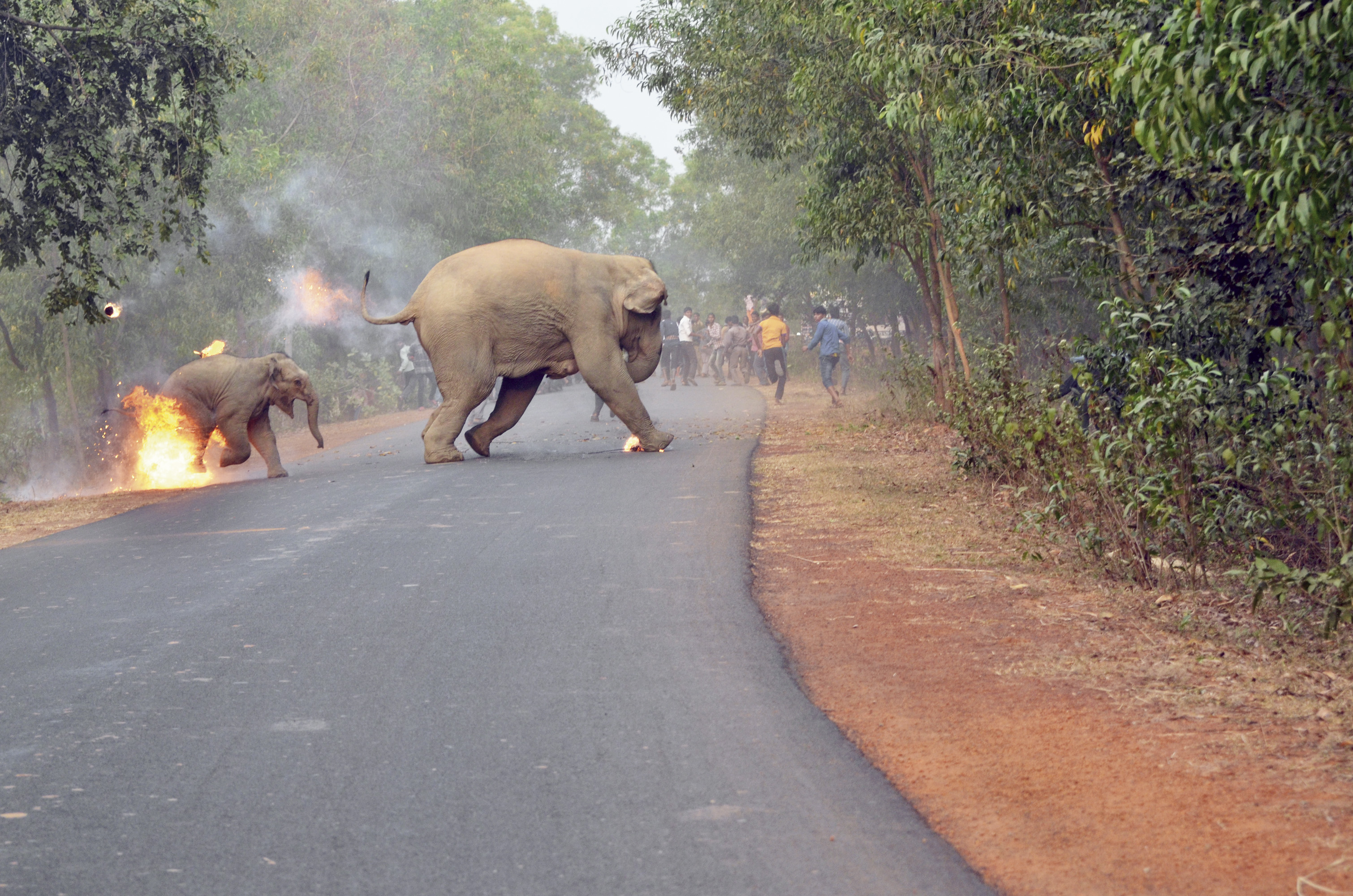
The heat from the fire scorches their delicate skin as the elephant mother and calf attempt to flee the mob. In the lead, the mother’s expansive ears are angled forward as she ignores the crowd of jeering men. Behind her, her calf screams in confusion and fear as the fire licks at her feet. Flaming tar balls and crackers fly through the air to a soundtrack of human laughter and shouts. In the Bankura district of West Bengal, this sort of humiliation of pachyderms is routine, as it is in the other elephant-range states of Assam, Odisha, Chhattisgarh and Tamil Nadu, among others. India is the world’s stronghold for the Asian elephant, home to over 70 per cent of the global population of the species. But this achievement rings hollow as vital elephant habitats and routes continue to be ravaged, and human-elephant conflict escalates to a fatal degree.
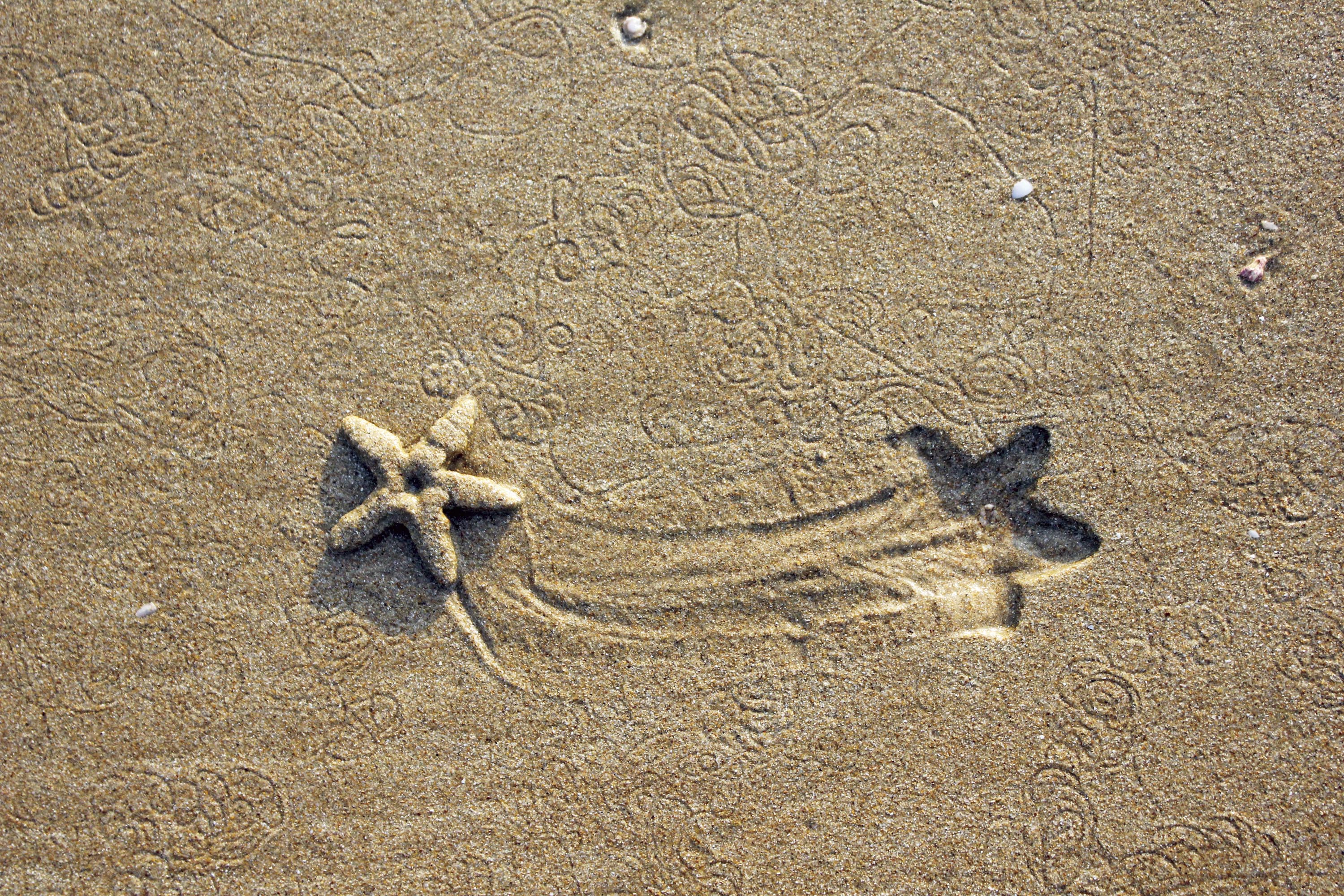
On Chivla beach in Malwan, Maharashtra, a starfish collaborates with pea crabs and sea shells to create a fleeting masterpiece that will soon be washed away by the tide. The delicate whorls and loops traced in the sand by the scuttling crabs emphasise the firmer movement of the starfish, whose body imprints deeply but momentarily on the beach. These gentle, placid delights of being outdoors weren’t lost on Abhishek Nandkishor Neelam Satam, who found these artists at work while on a survey for the National Institute of Oceanography.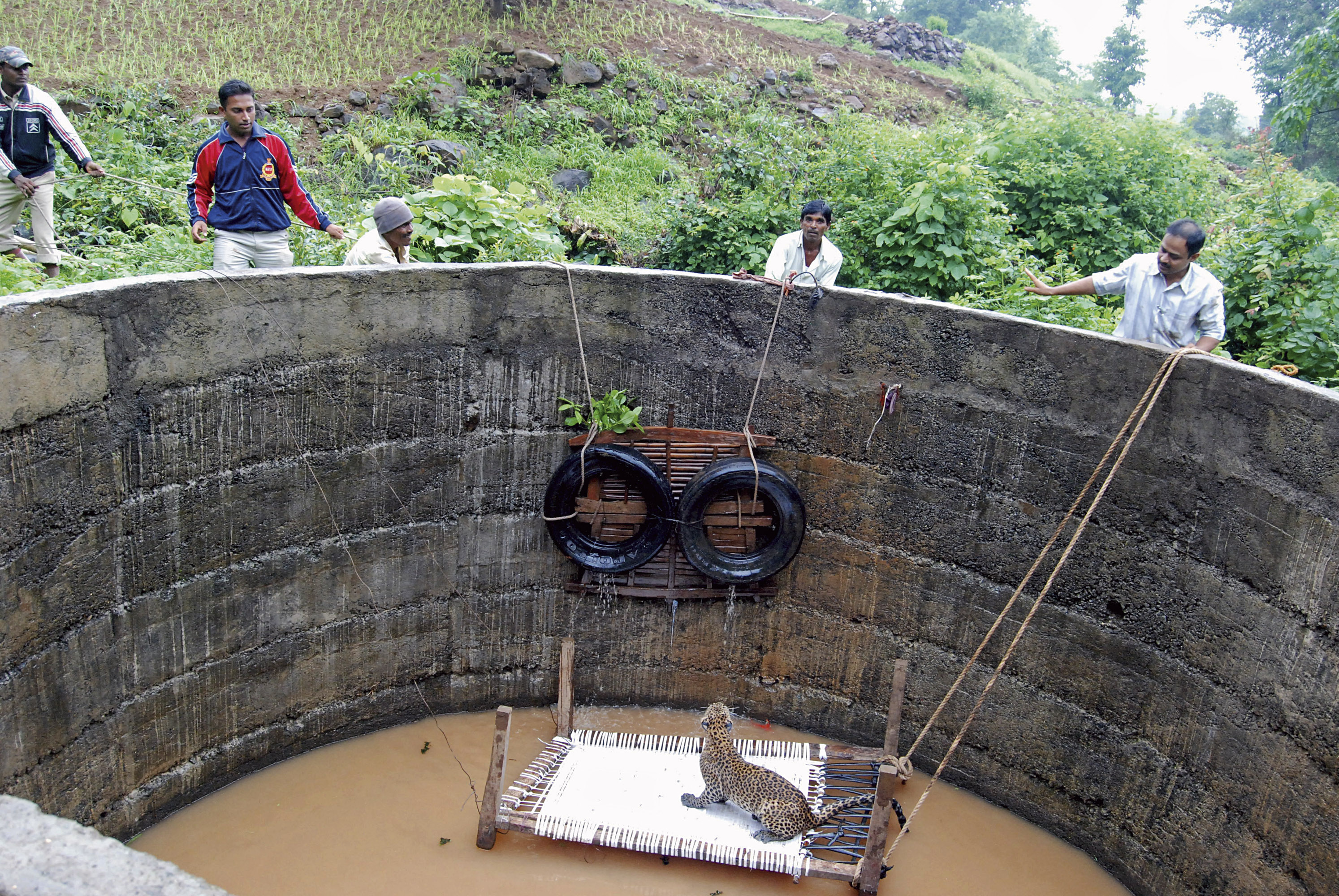
The image tells an inspirational story of a leopard that fell into a well in Nashik, Maharashtra, where it swam for an incredible 30 hours before being discovered, barely alive. The cat would undoubtedly have died had it not been for local villagers, who, once informed, swung instantly into action by alerting forest officials, and then pitched in to help them. At great risk to life and limb, using the remarkable ingenuity for which the people of rural India are renowned, villagers and officials worked in unison against all odds to save the leopard.

Lure your victim by appearing helpless. Attack the throat with your curved, hook-like mandibles. Clamp down and begin your feast. This is the modus operandi of the larvae of the ground beetles of the genus Epomis that predate exclusively on amphibians. And this chilling image is believed to be only the second record of Epomis predation on an amphibian in India. That the amphibian in question is the endemic and critically endangered Amboli bush frog demands further study to understand the impact that these unassuming predators are having on frog populations in the Western Ghats. The dilated eye of the dying frog and the larvae obscenely hanging out of its throat make this crisp image eye-catching, but it is the questions that it prompts that make it exceptional.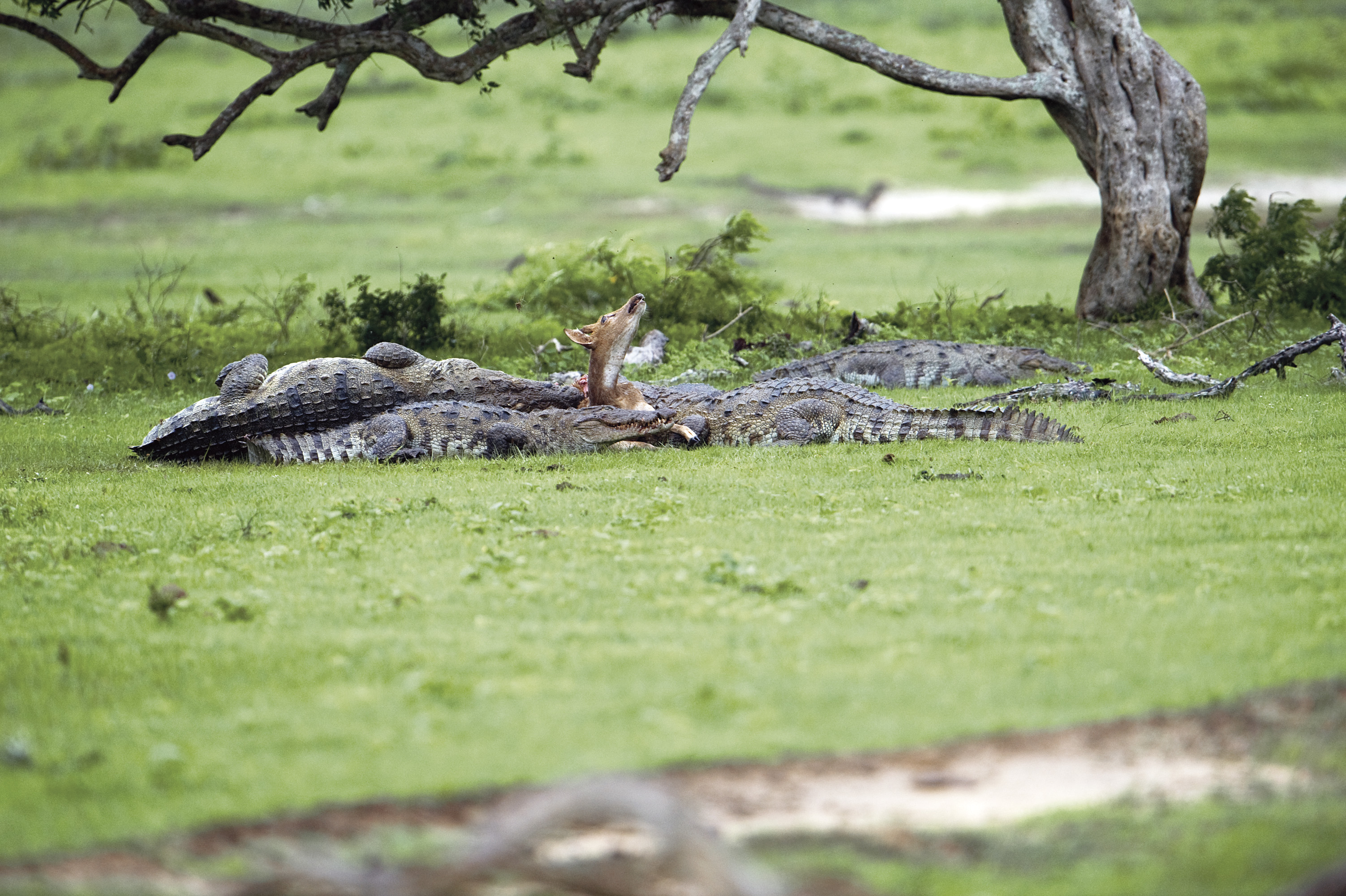
Death is inevitable. A spotted deer struggles furiously and helplessly as a bask of crocodiles enter into a feeding frenzy. It turns its eyes heavenwards, but seconds later it is ripped to shreds by the ravenous reptiles. The acute desperation evident in this image captured on the banks of the Buthawa tank in Yala National Park is enough to trigger one’s fight-or-flight response. The ill-fated deer was originally felled by just one crocodile, but the others were quick to join in. While last year, Milind Wattegedara’s equally well-timed special mention image was compared to a Monet painting, this year it’s reminiscent of a twisted, jungle-themed Botticelli. With his steady hand, he has framed a staggering, action packed image that depicts the gory, no-rules-apply rule of Mother Nature.
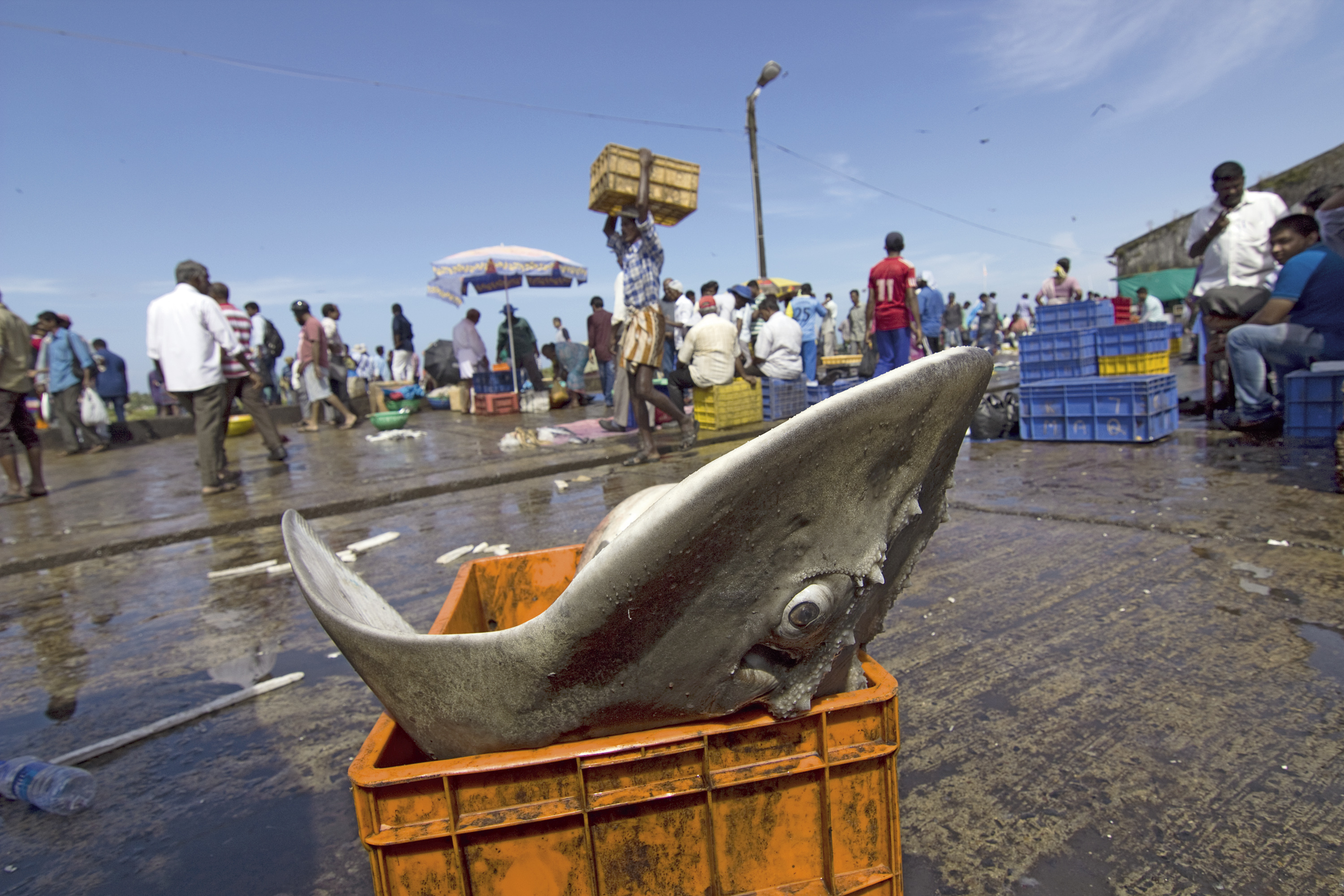
A plastic crate in the Mangalore Port cradles the lifeless body of a shark ray. Though not a targeted species by most Indian fisheries, shark rays are nonetheless considered valuable catch. Soon this specimen will be sold – its meat dried, salted and consumed locally, while its fins perhaps find their way to the Far East to be cooked into a soup. These graceful shallow-water dwellers are classified ‘Vulnerable’ and though there is scant data on their biology and population, it is accepted that they are facing global decline. Young Vishruth Cavale has made a poignant, desolate image that is emblematic of the on-going, silent annihilation of dozens of little-known species across the world.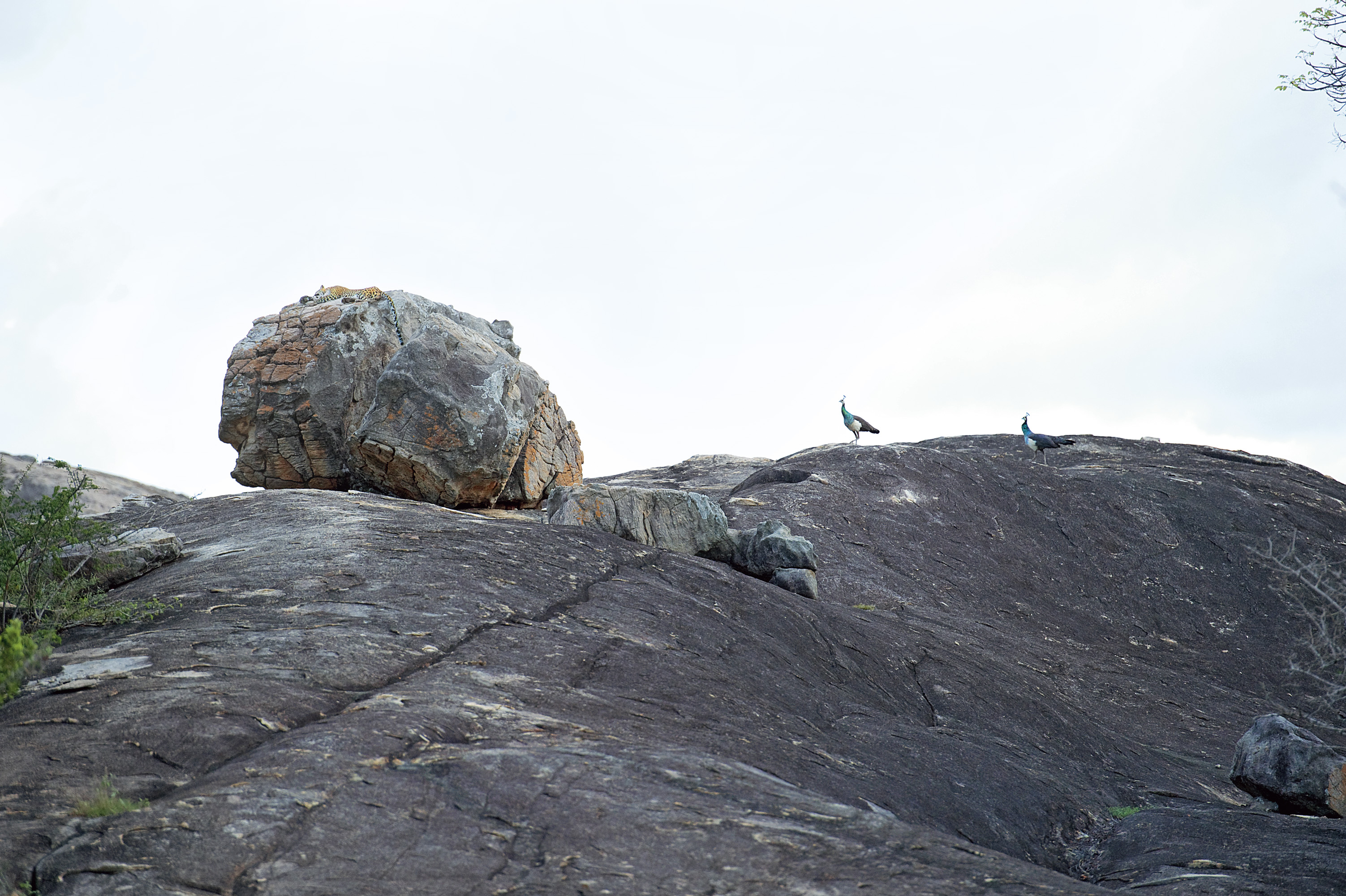
In Sri Lanka’s Yala National Park, where colossal metamorphic rock formations look out over the Indian Ocean, a pair of peafowls studies a slumbering leopard. Belly full and sated after a successful morning hunt, the spotted cat had scaled the boulder and then been lulled to sleep by the tropical sun. Velutinous tail casually hanging down, oozing self-assurance even in repose, the leopard was
oblivious to the vigilant birds, which kept an eye on the predator while exploring the scene.
Are our closest cousins getting too close for comfort? At a pit stop on the drive up to Valparai in the Anamalai Hills, Sitara A. Karthikeyan observed a bonnet macaque perched on the tyre of a tourist
vehicle. As various states in India lobby to cull or sterilise monkey populations, and grapple inefficiently with chronic monkey-human conflict, the simians continue to adapt as best as they can to live alongside humans. Unfortunately, root problems – shrinking wild habitats, an abysmal lack of waste management systems and the annoying penchant that tourists have for feeding monkeys
– continue to fester. The soft tones of this image, the monkey’s pronounced bonnet and its disconcertingly expressive eyes call for a moment of introspection and the realisation that this is yet another species that’s trying to survive the age of the Anthropocene.

Mystic plumes of smoke seem to waft across the waters of a lake in Lalbagh, Bengaluru. But it wasn’t the mist but an egret that Vishruth Cavale photographed that October evening. These ubiquitous herons are a common sight across the Indian countryside and even urban areas. However, by capturing the movement of these commonplace birds along the water’s edge in a milky smear, Cavale has made an enigmatic frame.
In addition, 18 other photographs have received Special Mentions in the Sanctuary Wildlife Photography Awards 2017.
More information on these images is available on www.sanctuaryasia.com.
Like this story? Or have something to share?
Write to us: [email protected]
Connect with us on Facebook and Twitter.
NEW: Click here to get positive news on WhatsApp!
This story made me
- 97
- 121
- 89
- 167
Tell Us More
We bring stories straight from the heart of India, to inspire millions and create a wave of impact. Our positive movement is growing bigger everyday, and we would love for you to join it.
Please contribute whatever you can, every little penny helps our team in bringing you more stories that support dreams and spread hope.






